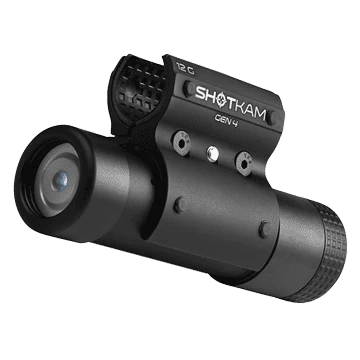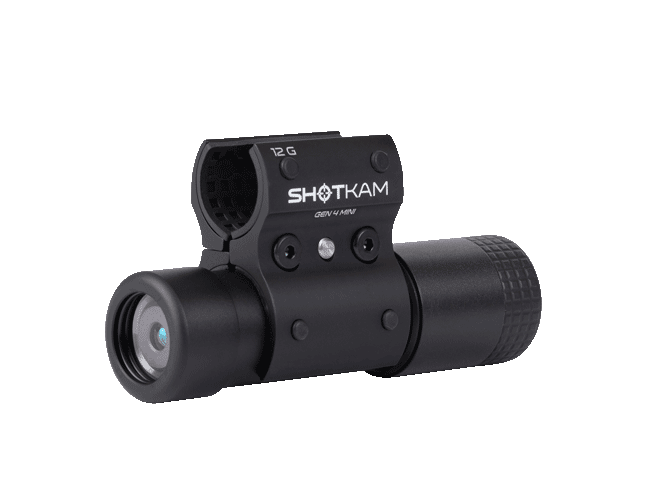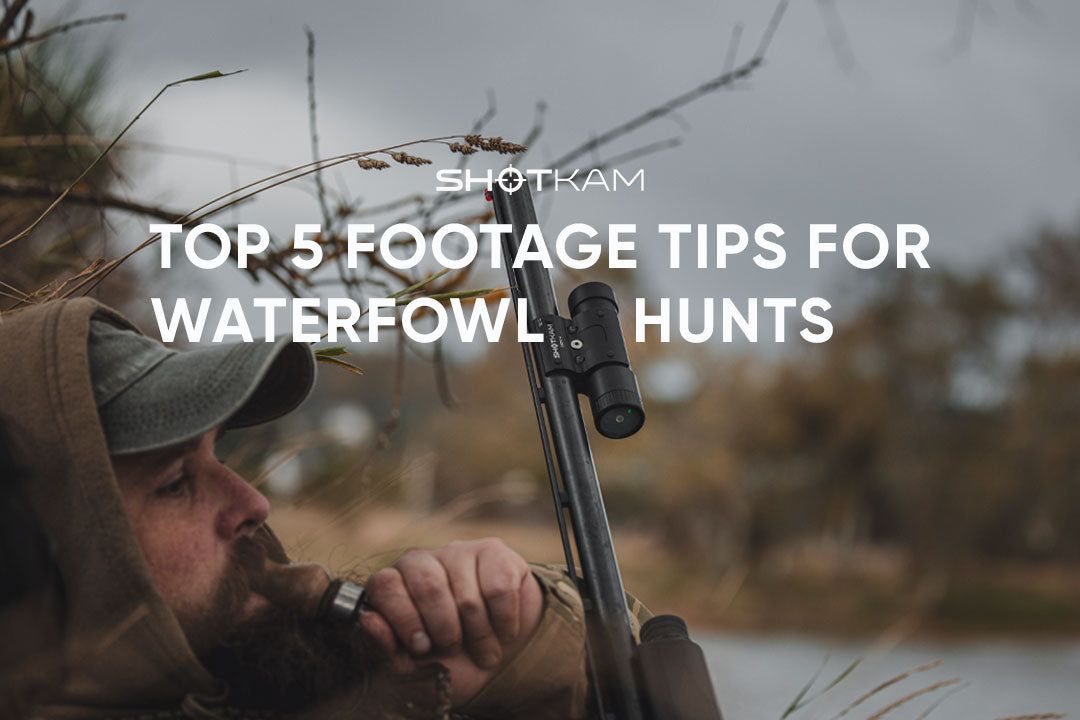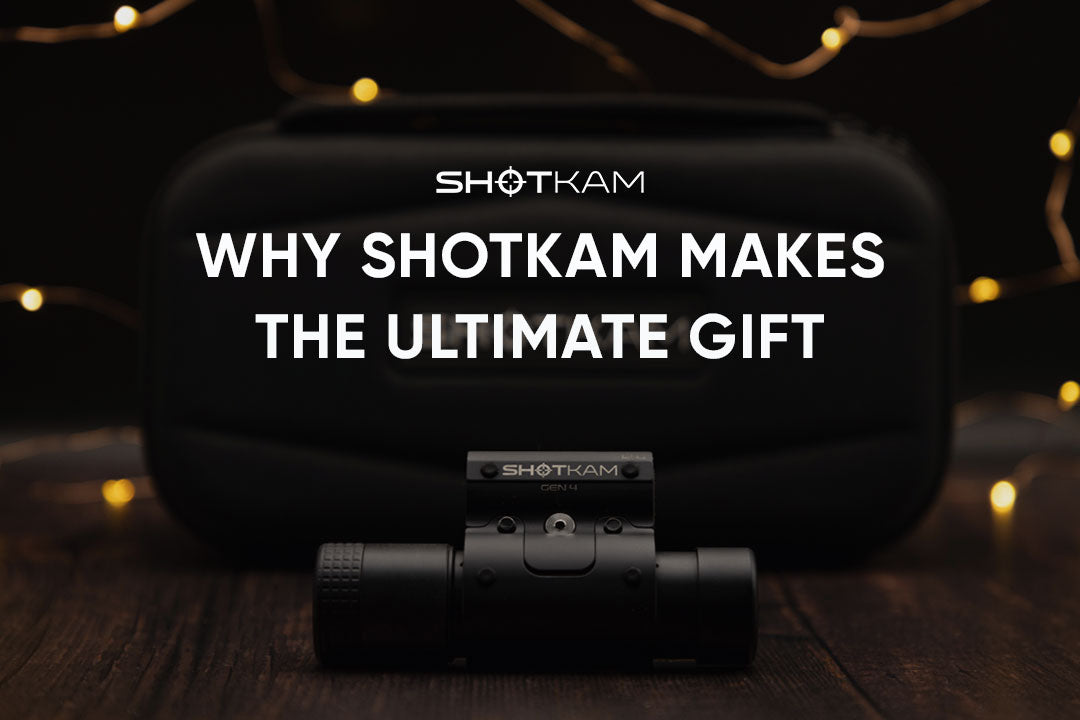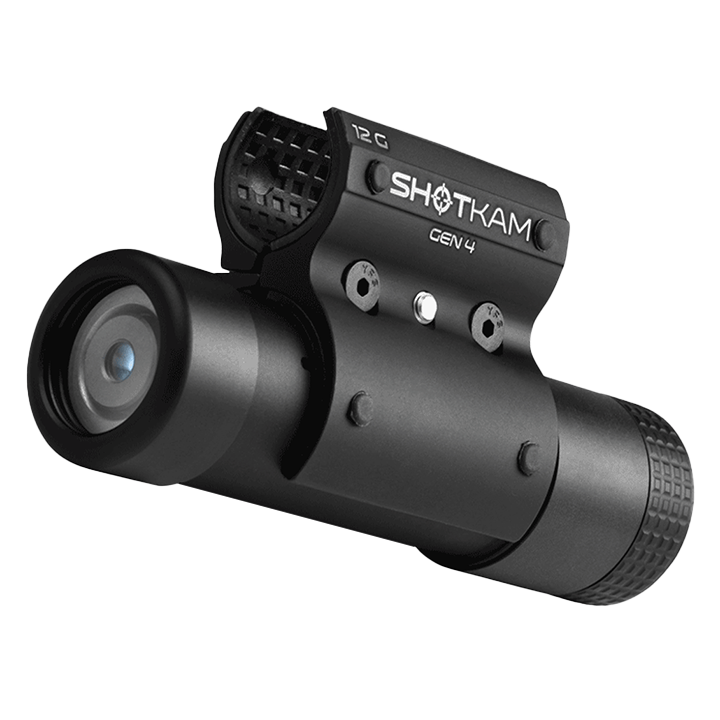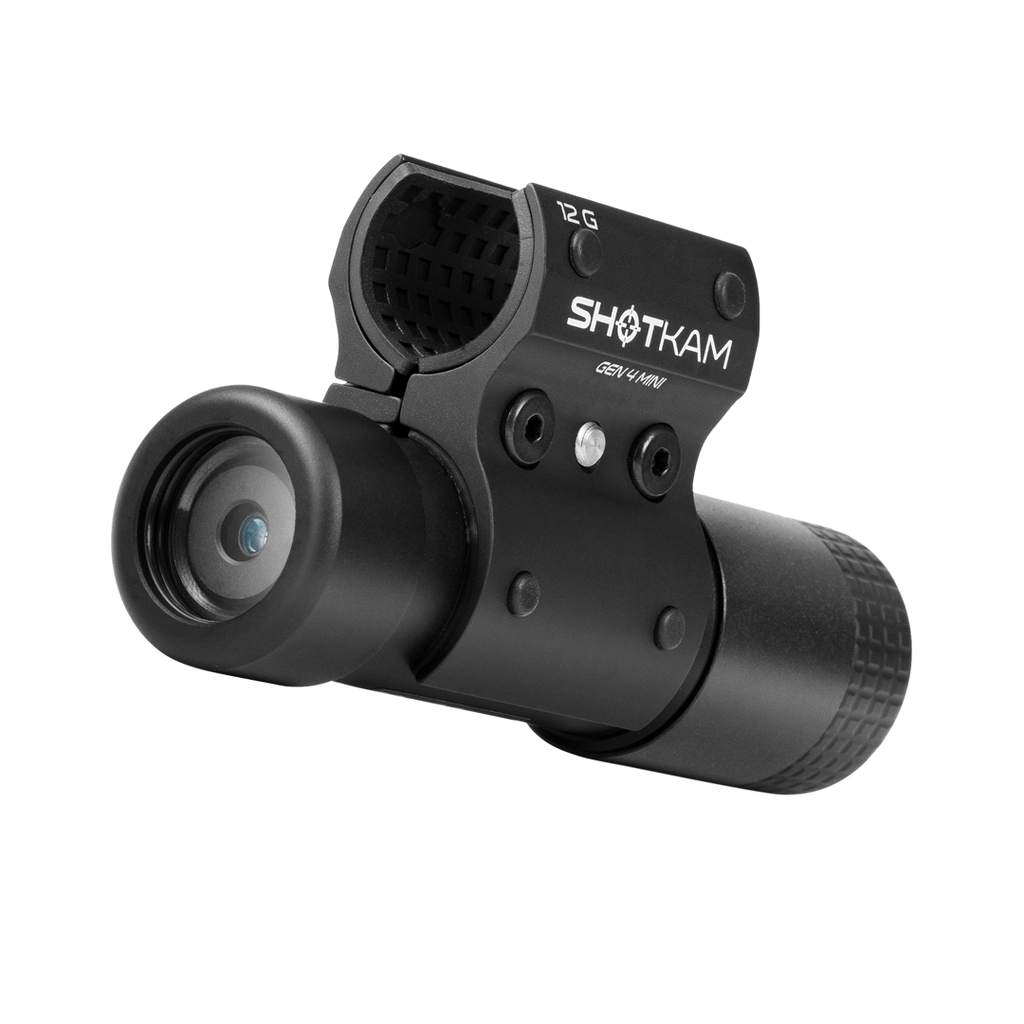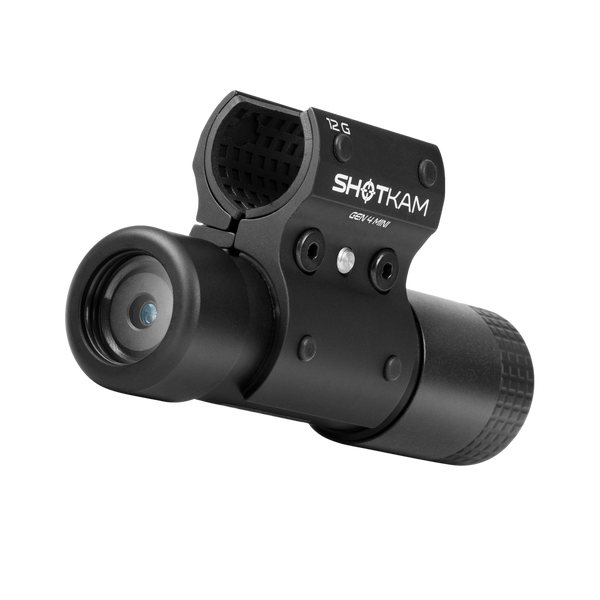A Day in the Crow Hide
 Written by Tom Sykes, Director of Sykes Media
Written by Tom Sykes, Director of Sykes Media
Introduction to UK Pest Control
For many years, I have assisted gamekeepers and farmers in managing various pest species that negatively impact country estates. In the UK, species like foxes, mustelids, pigeons, and corvids fall under the “vermin” category. A key focus of my summer pest control efforts is reducing the population of corvids – specifically Carrion Crows, Jackdaws and Rooks – that target farmers’ sheep feeders. These feeders, filled with sheep pellets, provide an easy food source for the birds. If left unchecked, this can lead to significant financial losses for farmers due to wasted feed and an increased risk of disease from bird fouling.

Crow Shooting Reconnaissance
With farmers reporting an increasing number of birds congregating around the feeders, I arrived at the estate early in the morning to scout the area and identify potential shooting opportunities. Lacking a precise plan, I brought a variety of general gear, including hides and decoys, to adapt to different shooting scenarios.
As with any shooting, thorough reconnaissance significantly improves the odds of success. With thousands of acres to cover, I spent the first part of the day navigating the numerous tracks and roads, stopping in gateways to scan the fields with my binoculars. After extensive scouting, I was able to narrow down the possibilities and pinpoint the best area to set an ambush.

Corvid Decoy Patterns and Hide Construction
The largest congregation of crows was found around a feeder adjacent to a belt of trees. The birds used the small woodland as a flightline, swooping in at the last second to access the feeder. A broken-up hedge nearby provided the perfect location for an ambush. Setting up the hide at the end of the hedge offered an ideal vantage point to spot the birds flighting up the wood. The decoys would encourage the crows to commit to the pattern further out in the field, bringing them within range of the gun.
After a short spell of observation, it was time to put the plan into action. Mimicking the farmer, I drove across the field to push the birds off, allowing me to set up with minimal disturbance. Within minutes, I had the hide and gear in position and concealed the vehicle in another field. Upon my return, I set up the decoys and prepared to start shooting.
The decoys consisted of a mix of plastic full-bodies and Sillosocks, arranged in a pattern to replicate birds milling around the area and to create an opening in front of the hide, funneling the birds into an optimal shooting position. Full-bodied decoys were placed on the feeder, and special cradles were positioned in trees and on the hedge to create a natural sight picture. The Sillosocks were set in front and to the left of the hide, leaving ample space to guide the birds where I wanted them. Additionally, a pair of Hypa-Flaps added extra movement to the setup.
With the decoys in place and the stage set, I retreated to the hide, loaded up, and waited for the crows to start moving.

The Perfect Combination of Guns and Ammo
For the day’s shooting, I chose my trusty Remington 1100 with 28-inch barrels and a fixed half choke. I have always appreciated its chunky design and smooth shooting, which I hoped would save my shoulder from my rather punchy cartridge choice: the George Digweed Special, Gamebore Pigeon Extremes 34g 5s. While Pigeon Extremes might be overkill for decoying shots, they are perfect for taking on birds that pass high and wide of the spread, making this gun and ammunition choice a deadly duo for anything remotely lured into the decoys.
I didn't have to wait long before the first crows headed my way. Unlike many shooting expeditions, the birds followed my expectations perfectly, cruising up the woodland and swinging over the decoys. The only difference was that they primarily stayed on the far side of the pattern, not as close as I had hoped. However, this posed little disadvantage, as the Remington and Gamebore cartridges swiftly found their mark. Soon, I had the first birds in the bag.

Flightline Decoys FF6 Flapper
With freshly shot crows in hand, I deployed my Flightline Decoys FF6 flapper. This device uses a dead bird to create the illusion of a bird flying into the decoys, adding essential movement to catch the eye of passing crows and draw them in. Although primarily designed for woodpigeons, the FF6 flapper’s wing speed can be reduced to perfectly imitate the lethargic wing beats of a carrion crow. I set mine among the Sillosocks to add another dimension to the pattern and focus attention on the main decoys. Unfortunately, I had forgotten to pack the ground spike, so I had to rely on my whittling skills to fabricate a makeshift stake from a branch off the hedge.
Once the flapper was in place, the crows became even less hesitant to fly in, and the action really started to pick up. The time of year meant that plenty of young birds, naive and unconcerned with self-preservation, flocked into the decoys. The slow and steady stream of birds provided little downtime between engagements, helping the bag build at a steady pace.

Crow Shooting Tips
The greatest challenge in shooting crows often lies in getting them within range, as they are typically intelligent and keen-eyed. Their wariness is heightened by their speed, giving them ample time to inspect the decoys and shooting position during their approach. This caution can result in birds flaring out of range if they spot anything suspicious. Once the crows are in range, the focus shifts to the shooting itself. The key is not to over-lead the birds, as they often fly more slowly than expected and require minimal lead.
Shooting from a seated position and slipping the gun over the top of the blind allows me to get into position without alerting the crows. This method enables me to mount and follow the bird to the desired location before pulling forward to add the required lead and pull the trigger. It is a low-impact way of shooting, and when hunting young crows, it often results in high-speed sequences as the young and naive birds continue the approach, unaware of the danger.

ShotKam Shooting Aid
Studying ShotKam footage of crowing over the years has significantly enhanced my skills as a shooter. The ability to analyse this footage allows me to build the correct sight picture when my shooting is on point. More importantly, it highlights my mistakes, providing the information I need to improve in the future. This has ultimately improved my shooting accuracy and efficiency in the field, which is a significant advantage for the farmers.
One of the trickiest shots involves evasive flying, where birds outmaneuver the gun, often after an initial miss or when shooting multiple targets. The first shot typically causes the birds to scatter in unpredictable patterns, leading to missed follow-up shots. From my ShotKam footage, I discovered that my primary error was rushing the follow-up shot, often resulting in shooting up the side of a jinxing bird.
The key is to pause, re-address the bird, and execute a clean second or third shot. While this may feel like a long time, allowing the bird to gain more distance, this deliberate approach has proven valuable. When done correctly, it remains incredibly quick and instinctive, leading to more successful hits.
Tackling Multiple Birds
Choosing the correct order to shoot multiple birds can significantly increase the odds of success. I aim to shoot the more challenging bird first, whether it’s further away or at a more difficult angle, before moving on to the closer one. This strategy provides more time for closer birds before they reach the limits of the gun, ammunition, and my shooting ability. For example, if a crow is almost hovering over the decoys and a second bird is thirty-plus yards away, starting its final approach, I will shoot the further bird first and then swiftly transition to the closer one. Years of practice have allowed me to make a smooth transition, ensuring the bead is in the correct position of the closer target by the time it reacts.
A great way to practice this in a controlled environment is to shoot lots of true pairs at the clay ground. This helps build muscle memory and confidence in addressing different targets in quick succession, making the process feel instinctive and efficient in the field.

Action-Packed Crow Shooting
The birds followed the plan perfectly, with the only variable being their distance. Maintaining consistent accuracy is challenging, especially when shooting multiple birds. Even crows that follow similar lines and present the same target type can be difficult to shoot consistently, as complacency can easily affect performance.
The day’s action saw many birds being shot in a similar style. By staying focused, I managed to keep my shooting on point, resulting in a good bag of birds, a happy farmer, and a job well done.
You are reading:



